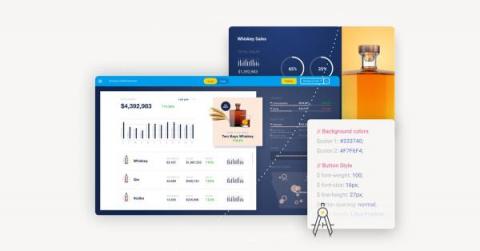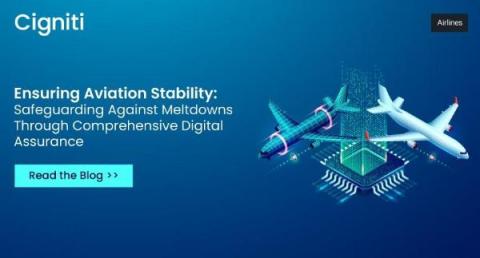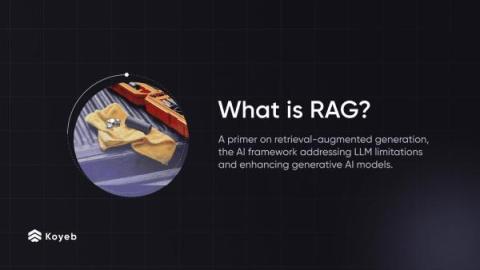A Simple Guide to Medical Insurance Claims
Insurance companies and third-party administrators are increasingly turning to automated data extraction to expedite the processing of medical insurance claims. This approach serves as a better alternative to time-intensive manual claim management. Leveraging AI technology allows them to efficiently extract crucial data from documents, eliminating manual data entry errors and significantly reducing processing times.











